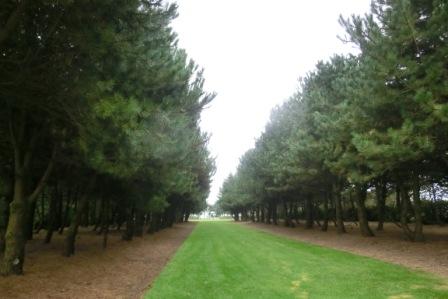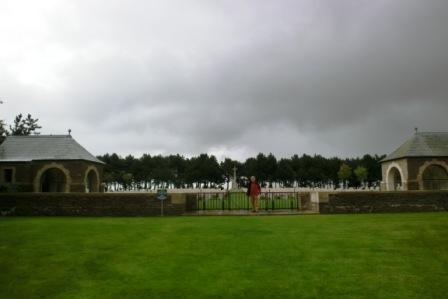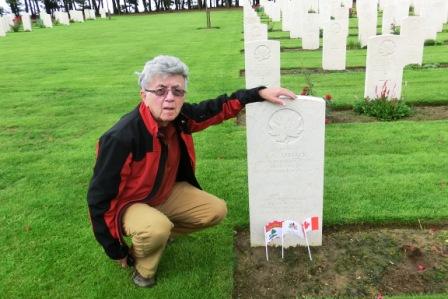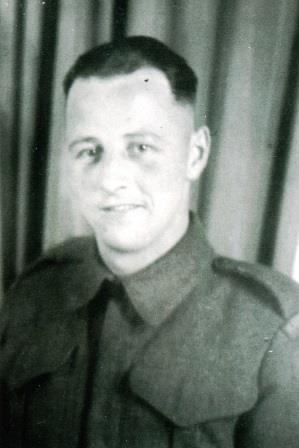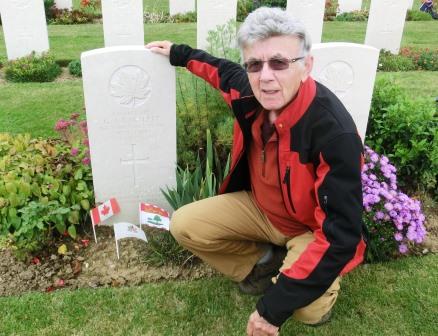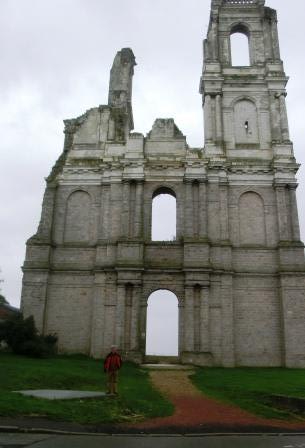October 1, 2017. Leaving the Arras area, which we had thought was busy enough, was an experience, as now we encountered toll roads. We soon learned to dread the words ‘gare de péage’. While all the toll booths have iconic names, like the first one we pulled up at, named ‘Jules Verne’, they are now mostly automated, and you need cash or a debit or credit card.
If you are one of the modern people thinking “Dinosaur”, let me describe the experience. First off, the box where you have to pay is designed to accommodate truckers, not people in dinky toy cars like the majority of cars used in Europe. Most people do not have the rubber arms needed to reach up to drop the money in, so each toll booth encounter takes longer than it would if you paid an attendant, as car doors open and people try to squeeze out in the available space to drop their money in manually, or pay by card. And of course, you need first to figure out WHERE you place your money as there is more than one slot.
If you use cash, as we did, you soon also learned that it’s best to have exact change, as otherwise you have to WAIT for change and then reach up to another slot to get your money. Anyone in a hurry sometimes leaves their change behind!
PEI is not alone in charging heavy tolls. We left 7.70 euros at Jules Verne, only to encounter another toll booth 6 minutes later! At this one we picked up a ticket which cost us another 5.70 euros half an hour later. The count so far … 13.40 euros. In Canadian dollars it comes to about $19.75, and the day was just beginning.
It took us just over 2 ½ hours to get to Rouen from Mont St. Eloi, and, following the GPS instructions to the St. Sever Cemetery, arrived at Boulevard Stanislas Girardin, only to find it was in downtown Rouen. No cemetery in sight! The streets are extremely narrow, jam packed with cars and pedestrians and most of the streets one way traffic only. We finally gave up trying to figure out what had gone wrong and stopped in front of a short driveway into a huge government building behind a walled gate, and asked a passerby for help.
The poor man looked at our sheet from the Commonwealth War Graves Commission and finally said, very kindly, that we were on the right street, but not in Rouen. The cemetery was in a nearby community. Sure enough, when we looked at the cemetery location instructions, it said it was “situated on the eastern edge of the southern Rouen suburbs of Le Grand Quevilly and Le Petit Quevilly.” But what we didn’t understand was why we’d been directed downtown when we had the right street.
The man explained that it was in either Le Grand Quevilly or Le Petit Quevilly, he wasn’t sure which. So, the GPS got reprogrammed for Le Grand Quevilly. The word “suburb” was a misnomer.
While this discussion had been going on, traffic was backing up as people wanting to get into or out of the government driveway were held up as we were blocking the road. Not one person honked or showed any impatience! We thanked the man for his help, and then slowly backed up onto the traffic, and made our way out of town.
Le Grand Quevilly was a short distance away, but it was not the location of the cemetery. We pulled into a car dealership to ask directions, only to find out that France shuts down for lunch break. Everything was locked up, but we found a salesman in a tent on the lot, reading his emails.
“I’m from a different country,” he said, when we asked about the cemetery. Then he made us laugh when he went on to say, “I’m from Paris.” But he was very effective at finding someone who could help us and that’s when we learned that we wanted to be in Le Petit Quevilly, and how to get there.
In Le Petit Quevilly, on a street by the same name as in Rouen (what are the odds?), we were able to find St. Sever Cemetery Extension, the location where Bazil Cormier is buried.

Sign to the St. Sever Cemetery in Le Petit Quevilly. (Photo credit: Daria Valkenburg)
According to the information provided by the Canadian War Graves Commission, during WW1, Commonwealth camps and hospitals were stationed on the southern outskirts of Rouen. Most hospitals remained there during the war. A number of those who died in the hospitals were buried in other cemeteries, but the majority were buried at St. Sever Cemetery. In September 1916, the Extension, where Cormier is buried, began.
In WWII, Rouen was again a hospital centre, and several Commonwealth soldiers who were prisoners of war during the German occupation are buried in the Extension.
St. Sever Cemetery Extension is the largest cemetery we’ve been to so far, with 8,348 WWI Commonwealth burials, 10 of them unidentified, 328 WWII Commonwealth burials, 18 of them unidentified, and 8 foreign nationals.
With such a large cemetery, it was not easy to find Cormier’s grave. Luckily, in this cemetery, several gardeners from the Commonwealth War Graves Commission were on site. While Pieter went to look in the Grave Register, I looked at the graves, trying to find the row in which Cormier was buried. One gardener asked if I needed help. When I explained who we were looking for, he asked if I had the paper with the burial information. I explained it was on the other side of the cemetery with Pieter, who was comparing it to the information in the Grave Register.
Just to let you know how great these workers are, the gardener immediately went over to the other side of the cemetery and then spent the next few minutes looking for the grave, which of course was as far away as possible from where we were!

Pieter at the grave of Bazil Cormier in St. Sever Cemetery Extension in Le Petit Quevilly. (Photo credit: Daria Valkenburg)
According to his Attestation papers, Private Bazil CORMIER was born January 6, 1898 in Tignish, the son of Joseph Cormier and Marie Arsenault. A farmer before enlisting with the 105th Draft Regiment on December 4, 1916, he died of wounds received in the Battle of Amiens near Cachy on August 12, 1918, at the age of 21. At the time of his death he was with the 26th New Brunswick Battalion.
The War Graves Register Circumstances of Death notes that “…During operations east of Amiens, on the morning of August 8th 1918, he was hit in the head by a machine gun bullet. He was immediately dressed by a comrade and carried out, but succumbed to his wounds at No 4 General Hospital, Rouen, four days later...” According to the active/casualty document in his file, however, he was transported to the No. 5 General Hospital, not the No 4 General Hospital, where he died.
The Battle of Amiens, also known as the Third Battle of Picardy, was the opening phase of the Allied offensive which began on August 8, 1918, later known as the Hundred Days Offensive, that ultimately led to the end of the First World War. This is the same battle in which James Cairns lost his life on August 9, 1918.

Pieter by the grave of Bazil Cormier. (Photo credit: Daria Valkenburg)
As with too many of the WW1 soldiers, we have no photo or further information about Bazil Cormier.
The cemeteries we’d been to in the past days had all been in the countryside. St. Sever Cemetery Extension was in an urban setting, and bordered the Rouen Soccer Club, which caught the interest of soccer fan Pieter.
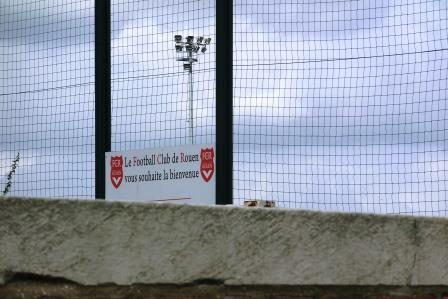
The Rouen Soccer Club was on the other side of the fence of the St. Sever Cemetery Extension. (Photo credit: Daria Valkenburg)
We couldn’t leave the cemetery without giving flag pins to the gardeners, one of whom spoke English and told Pieter that he had just graduated from horticultural college and loved his job. The head gardener, who had helped us in the beginning, was unfortunately out on an errand, so we were not able to say goodbye to him.

Pieter with a young CWGC gardener at St. Sever Cemetery Extension. (Photo credit: Daria Valkenburg)
In the next blog entry we make our way to Bayeux, which has a connection with Pieter’s genealogical research as well as the Cenotaph research project. Do you have photo or info on Bazil Cormier? Comments or stories? You can share them by emailing us at dariadv@yahoo.ca or by commenting on this blog.
© Daria Valkenburg
















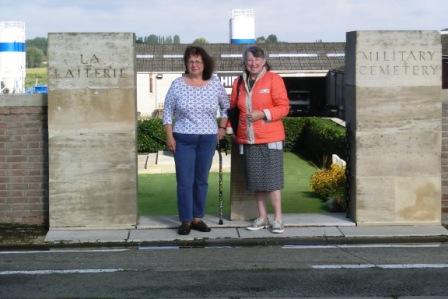



 4 countries, 6 weeks, 7,000 km – an unforgettable war memorial journey in Europe….
4 countries, 6 weeks, 7,000 km – an unforgettable war memorial journey in Europe….

